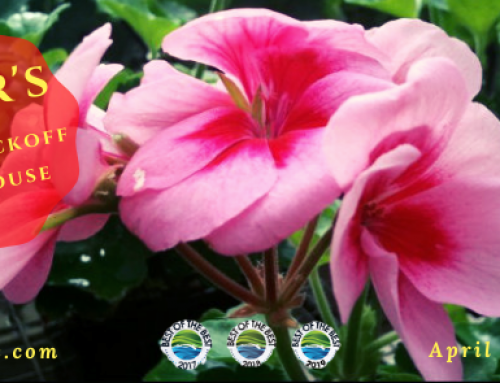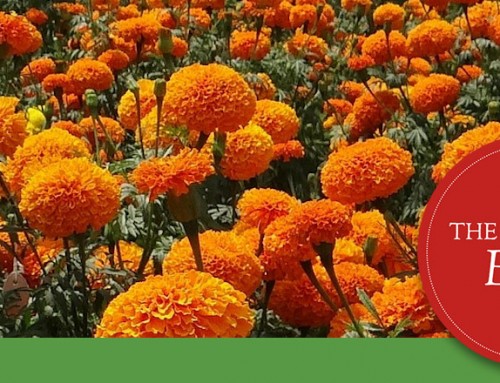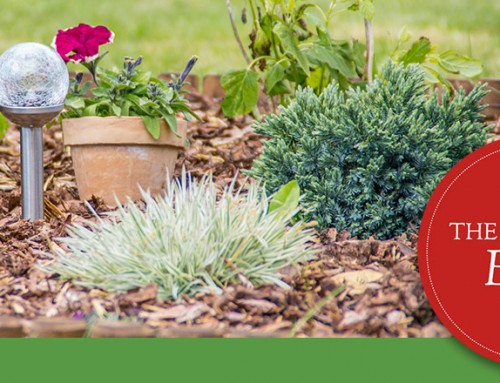Who doesn’t love watching seeds germinate and their tender shoots poking through the soil? We are sure you like it as much as we do. But as much as we get excited to see little sprouts of plants-to-be, when it comes to gardening, timing is everything. And in Minnesota with our unpredictable weather, it becomes even more important.
Between seeding, growing and harvesting, different crops have different requirements and timelines. Seeding calendars vary from region to region due to differences in climate but are an important tool for gardeners everywhere to estimate when they can start planting. For our area, it’s very important to check local frost dates. Frost dates can even vary from year-to-year as one winter can be very different from another causing the dates to change. Typically, in our area the last frost date hovers somewhere in early May.

Seeding Indoors
An excellent way to work around possible weather complications is to plant seeds early, inside your temperature-controlled house.
- You don’t have to be worried in case the predicted frost date drastically changes. Your seeds are safe in the comfort of your home.
- When the time comes for planting, you are much further ahead than anyone else. While your neighbors are just planting seeds and waiting for it to germinate, you are planting with a month of growth already.
As long as you’ve got a sunny window to place them by or artificial lighting, you can start almost any vegetable indoors. The plants are going to love you because you are giving them ideal conditions to establish. Besides being warm indoors, seedlings are also safe from pests and hungry rabbits.
If you don’t want to raise them from seeds, you can visit your local nursery and buy herbs and vegetables that are already grown. Care for the starter plants indoors before moving them outside once the danger of frost has passed.
Once the weather is warm enough, transplant the seedlings into the ground. Make sure you’re a comfortable distance from when surprise frost might ruin your garden. Before transplanting, “harden” them by exposing them to outdoors for a few hours, increasing how much outdoor time they have over the span of a week. The cool and warm air movement and the sun will strengthen them before they go on the ground, so they don’t experience the shock of being thrown straight into the garden in one day.
Did you know that growing indoors year round is also a good option for those with limited garden space? Herbs such as basil and oregano are particularly popular for placing on kitchen window sills. They continuously produce, allowing you to harvest throughout the year. Plus, we love having a little spot of green in our kitchens even in the worst months of winter!

Spring and Fall Season Crops
Another way to get around the shorter growing season of Minnesota and Wisconsin is to identify and plant cool-season vegetables that grow quickly.
Start by seeding beets, carrots, turnips, peas, and leafy greens like lettuce and spinach at the beginning of April. They love the cooler temperatures and will thrive! The heat of June and July is too much for these crops but once cooler temperatures return in the fall, they can be grown again in September and October for another late-season harvest. Onions, potatoes, and kale can also be seeded in April. These hardy vegetables continuously produce through the growing season, so you can enjoy them all summer and into late fall.
Summer-Loving Crops
The ideal soil temperature for many summer crops is at least 70°F – which is considerably warmer than the soil is when the snow first melts. These are plants which love to sunbathe in the summer heat. Planting them when the ground is not warm enough can stunt their growth. Beans, brussels sprouts, cucumber, corn, peppers and squash grow best in hotter temperatures
If you want to sow them into the ground, you’ll have to wait till the ideal temperature is reached. But if you’re eager to get these vegetables going in time for some fresh summer salads, seeding indoors is an excellent trick for cheating the calendar. These heat-loving vegetables are the perfect candidates to be started indoors and later moved outdoors to get harvest even from plants that take a bit more time to mature.

While starting a garden from seed can be more time consuming than buying fruits and vegetables in the grocery store, the flavor and freshness of homegrown is well worth it. Along with the best taste, seed starting your vegetable garden gives confidence of self-sustainment, provides you and your family with food grown without commercial pesticides, and let’s you experience the joy of nurturing a plant that in turn, nurtures you. While figuring out the timing of seeding might seem intimidating at first, following a seeding calendar for our area can make it much easier to manage. At the end of all that hard work, you’ll be rewarded with bountiful, delicious crops to share with your family, friends and neighbors.







Leave A Comment